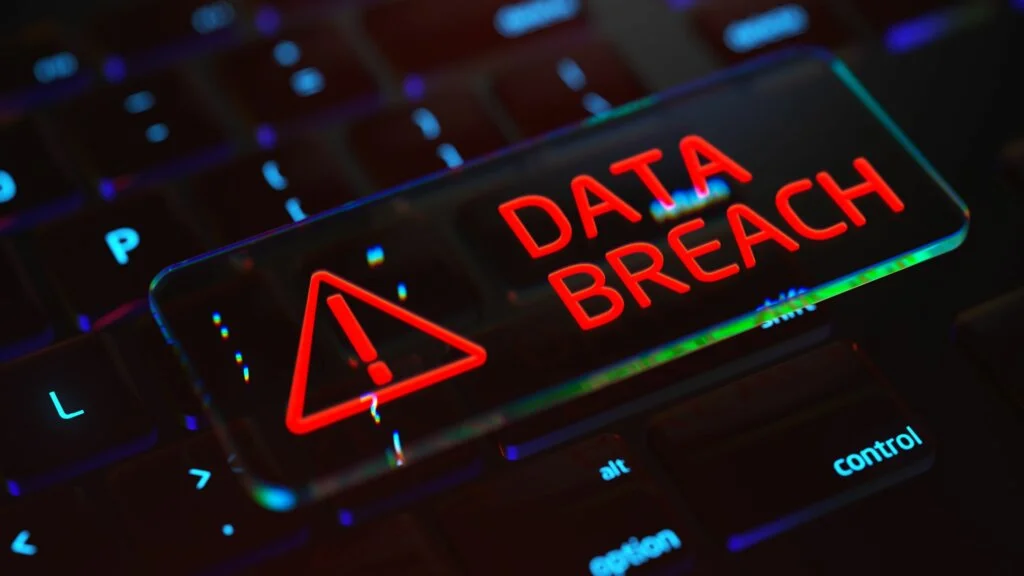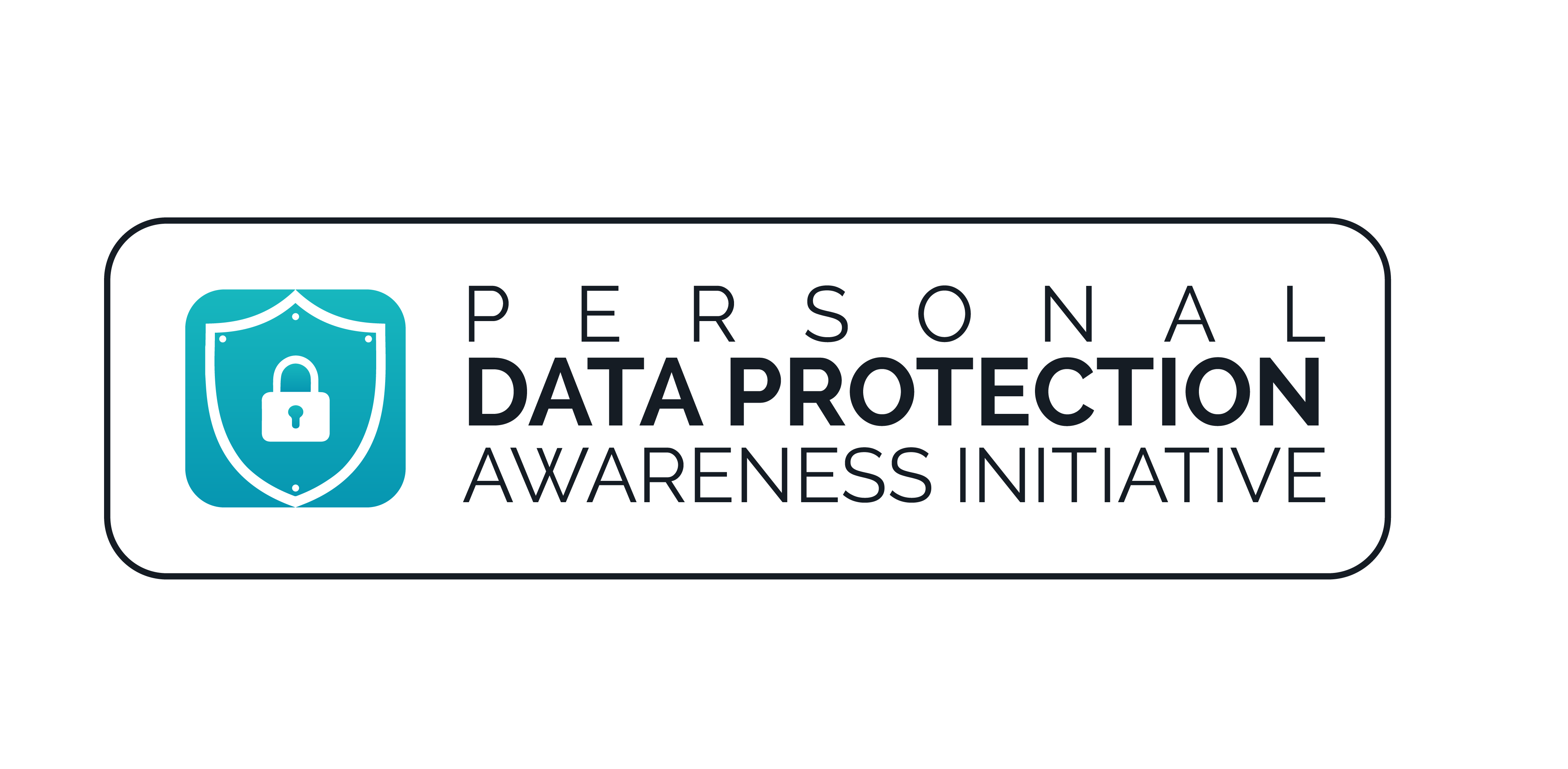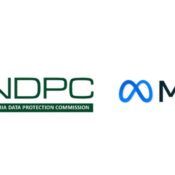
Preparing for the Inevitable: Data Breach Management Best Practices
- Introduction
Data breaches have unfortunately become a common occurrence in today’s digital world. It is not a question of if your organization will face a breach but rather when. As technology advances, cybercriminal tactics also evolve, resulting in increasing data breaches across all industries and organizations. Therefore, it is crucial to be well-prepared to respond quickly and efficiently. In this blog post, we will discuss the recommended best practices for managing data breaches, which will help you strengthen your defenses and minimize the impact of the inevitable occurrence.
- Understanding Data Breaches
A data breach occurs when unauthorized individuals gain access to sensitive information, putting it at risk of exposure, theft, or misuse. Understanding what constitutes a breach is the first step in managing the risk.
Data breaches take various forms, including cyberattacks, insider threats, and accidental disclosures. Each type requires a tailored approach to prevention and response.
- Consequences of a Data Breach
The fallout from a data breach can be devastating. A data breach may result in:
- Financial Impact: Data breaches can result in significant financial losses, including fines, legal fees, and the cost of mitigating the breach.
- Reputational Damage: Your organization’s reputation is a valuable asset. A data breach can tarnish it, eroding trust and customer confidence.
- Legal Repercussions: Compliance with data protection laws is critical. Breaches may lead to legal actions and fines.
- Operational Disruption: Breaches disrupt daily operations, affecting productivity and causing long-term damage.
- Data Breach Preparedness
- Creating a Culture of Prevention in Cybersecurity: Prevention begins with a proactive cybersecurity culture within your organization. Employees at all levels must be vigilant and informed about data protection and must be the first line of defense.
- Raise your staff’s cybersecurity awareness by teaching them to recognize threats and implement safeguards. Employees with access to more information are more likely to be on the lookout for potential dangers and be more vigilant.
- Phishing Awareness: Phishing attacks are a common entry point for data breaches. Train your team to recognize and report phishing attempts.
- Secure Communication: Implement secure communication tools and practices, especially when handling sensitive data.
- Data Breach Response
A well-structured response plan is your roadmap during a breach. We’ll break down the essential components, from incident detection to recovery.
- The first thing is to document a data breach policy or procedure that will guide the organization in the event of a breach and set up an Incident Response Team. You can’t face a breach alone. Assemble a dedicated incident response team with defined roles and responsibilities.
- The next thing is to determine if your organization has a breach notification requirement and if a breach has occurred. Under the NDPA and the GDPR, a breach of personal data is a breach of security leading to the accidental or unlawful destruction, loss, alteration, unauthorized disclosure of, or access to personal data transmitted, stored, or otherwise processed.
A breach has occurred if one or more of the following apply:
- Destruction: Personal data has been inadvertently or unintentionally destroyed or deleted.
- Damage: Personal data has been wrongly altered, corrupted, or is no longer complete.
- Data loss occurs when the organization no longer has custody of, control over, or access to personally identifiable information that previously existed.
Breaches can be organized as follows for the sake of tracking:
- A breach of confidentiality occurs when private information is disclosed or accessed in an unauthorized manner.
- Data integrity breach occurs when user information is intentionally or accidentally altered.
- Availability Breach: The inadvertent or unlawful destruction of, or access to, personally identifiable information.
- Once you ascertain a breach, it is essential to determine whether the organization is a data controller or a data processor. This is because both have different notification obligations. You are a data controller if you determine the purpose and means of the processing.
- If you ascertain that you are a controller with respect to the personal data breached, notify the relevant supervisory authority and, in certain instances, notify the affected data subjects as well.
It is important to note that if you become aware of a breach, you should report it to the relevant supervisory authority within 72 hours. Even if you need more time to investigate and understand the full extent of the breach, you should provide as much information as possible in your initial report, and then supplement it with further details when they become available. It’s crucial not to delay the initial notification beyond the 72-hour mark.
On the other hand, if you are a processor, you must notify the controller as soon as possible. You may have agreed on how and when to send notifications. You should find out if there are any specific reporting requirements in your contract. Most likely, the controller will want to learn more about the breach. You should keep the controller up to date on all changes. Remember that you have to give more information to the data controller if they ask for it.
Not all breaches of personal data trigger notification obligations to data subjects. Data controllers must determine whether the breach presents a high risk to the rights and freedoms of natural persons. The risk analysis should be carried out using the criteria set forth in the table below against the following tests:
At the very least, the risk analysis should involve asking the following questions:
- Whether there is any potential that individuals may be impacted;
- whether that impact is high.
The likelihood and severity of the risk to the rights and freedoms of the data subject should be determined by reference to the nature, scope, context, and purposes of the processing.
The risk assessment, at the very least, should consider the following factors:
- The type of personal data breach. For example, a confidentiality breach whereby medical information has been disclosed to unauthorized parties may have different consequences for an individual to a breach where individuals’ medical details have been lost and are no longer available. In other words, the more sensitive the data is, the higher the risk of harm to the affected people;
- The potential uses of the data: personal data breaches involving biometric data, identity documents, or financial data such as credit card details can all cause harm on their own, but if used together, they could be used for identity theft;
- The volume of personal data;
- Ease of identification of individuals using personal data, or by matching the data with other information;
- The severity of consequences for individuals
- All data breaches should be recorded regardless of whether the organization determines that it needs to notify the supervisory authorities or affected individuals. The organization should maintain original copies of all forms pertaining to the incident and store them.
- Strengthening Your Cybersecurity
Strengthening cybersecurity to prevent data breaches is crucial for organizations in today’s digital landscape. Here’s how an organization can effectively enhance its cybersecurity measures:
- Conduct a risk assessment to identify potential threats. Prioritize based on impact.
- Develop and enforce strong cybersecurity policies and procedures that cover data handling, access control, and incident response. Ensure employees are aware of these policies and regularly trained in cybersecurity best practices.
- Implement strong access controls and enforce the principle of least privilege. Use multi-factor authentication (MFA) for sensitive data and systems.
- Use firewalls, intrusion detection, and encryption to secure data. Regularly update software to fix vulnerabilities. Install and regularly update antivirus and anti-malware software on all endpoints. Implement mobile device management (MDM) for mobile devices used within the organization.
- Data Encryption: Encrypt sensitive data both at rest and in transit. Use strong encryption protocols and algorithms to safeguard data.
- Regular cybersecurity awareness training should be conducted for all employees to recognize and respond to threats. Encourage a security culture where employees understand their role.
- Develop a comprehensive incident response plan that includes regular drills and simulations for data breaches. Develop a comprehensive incident response plan that includes regular drills and simulations for data breaches.
- Ensure third-party vendors with access to your data meet your organization’s security standards.
- Regular security assessments are crucial to identify vulnerabilities. Engage external cybersecurity experts for penetration testing.
- Implement a robust data backup strategy and periodically test data recovery procedures to restore critical data in case of a breach or ransomware attack.
- Implement security information and event management (SIEM) systems to monitor and detect network anomalies in real time and respond to suspicious behavior.
- Conclusion
In this comprehensive journey through data breach management best practices, we’ve explored the critical aspects of protecting your organization’s most valuable asset—its data. The inevitability of data breaches necessitates a proactive and well-structured approach to safeguarding personal information.



